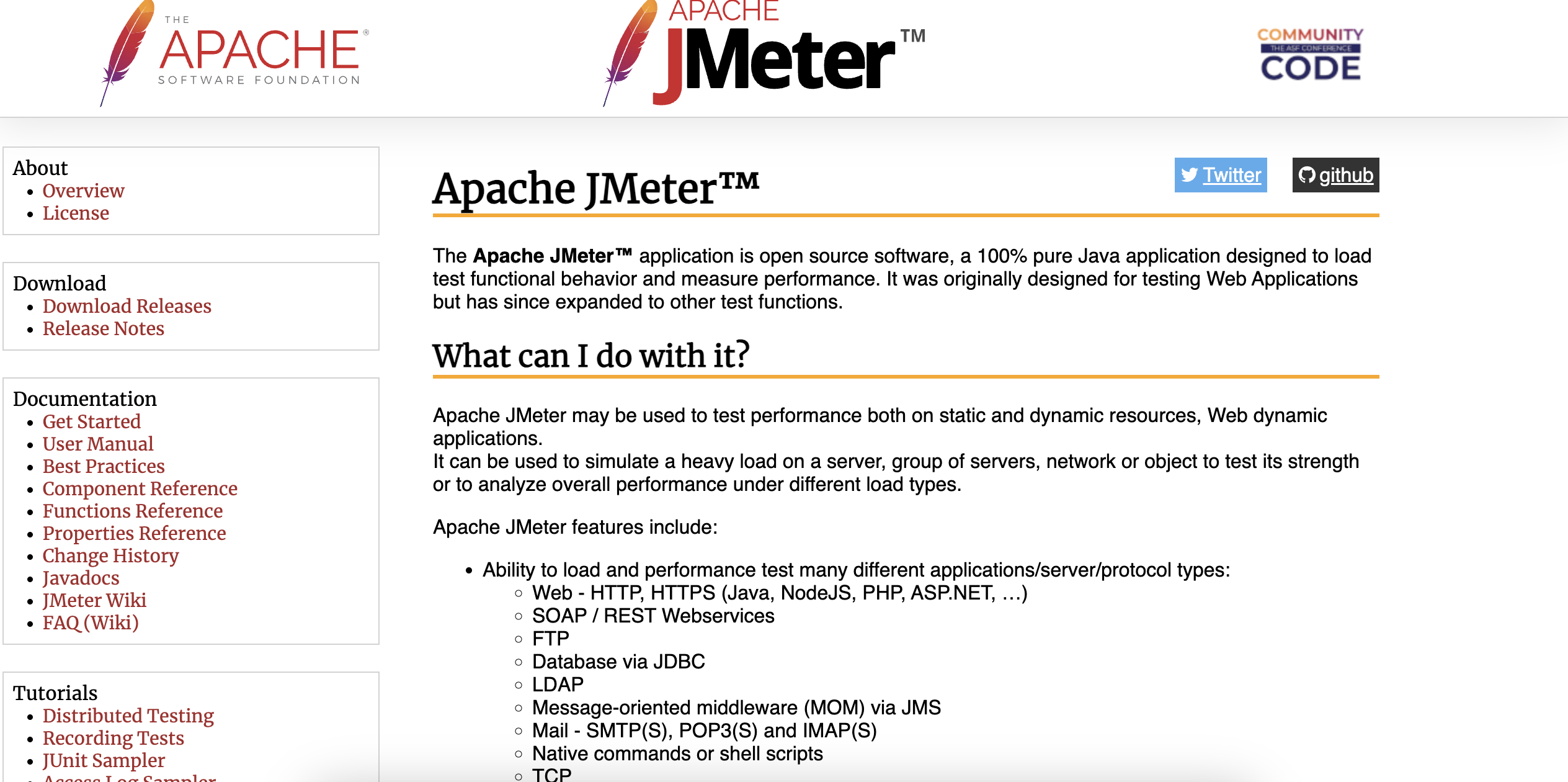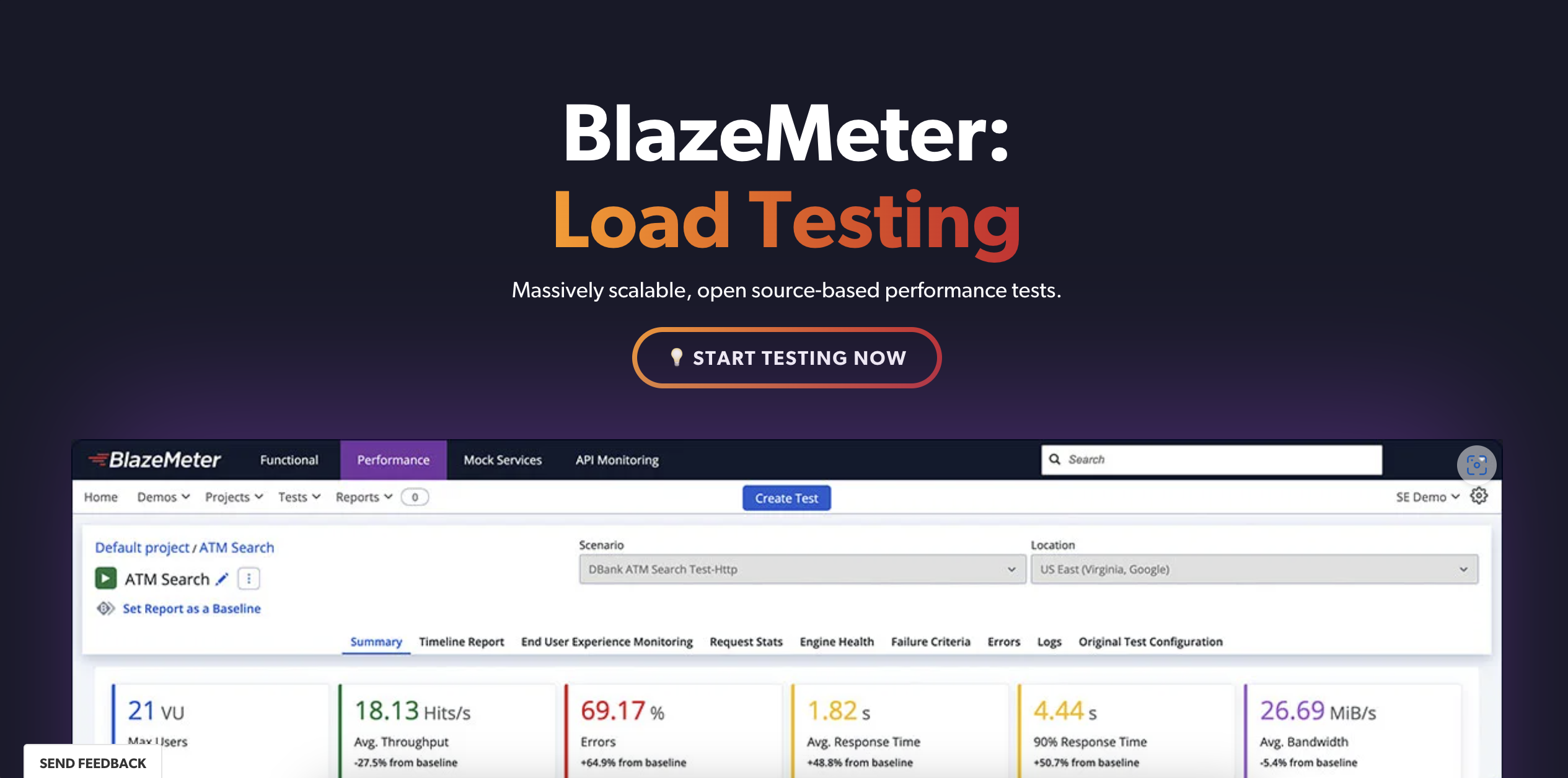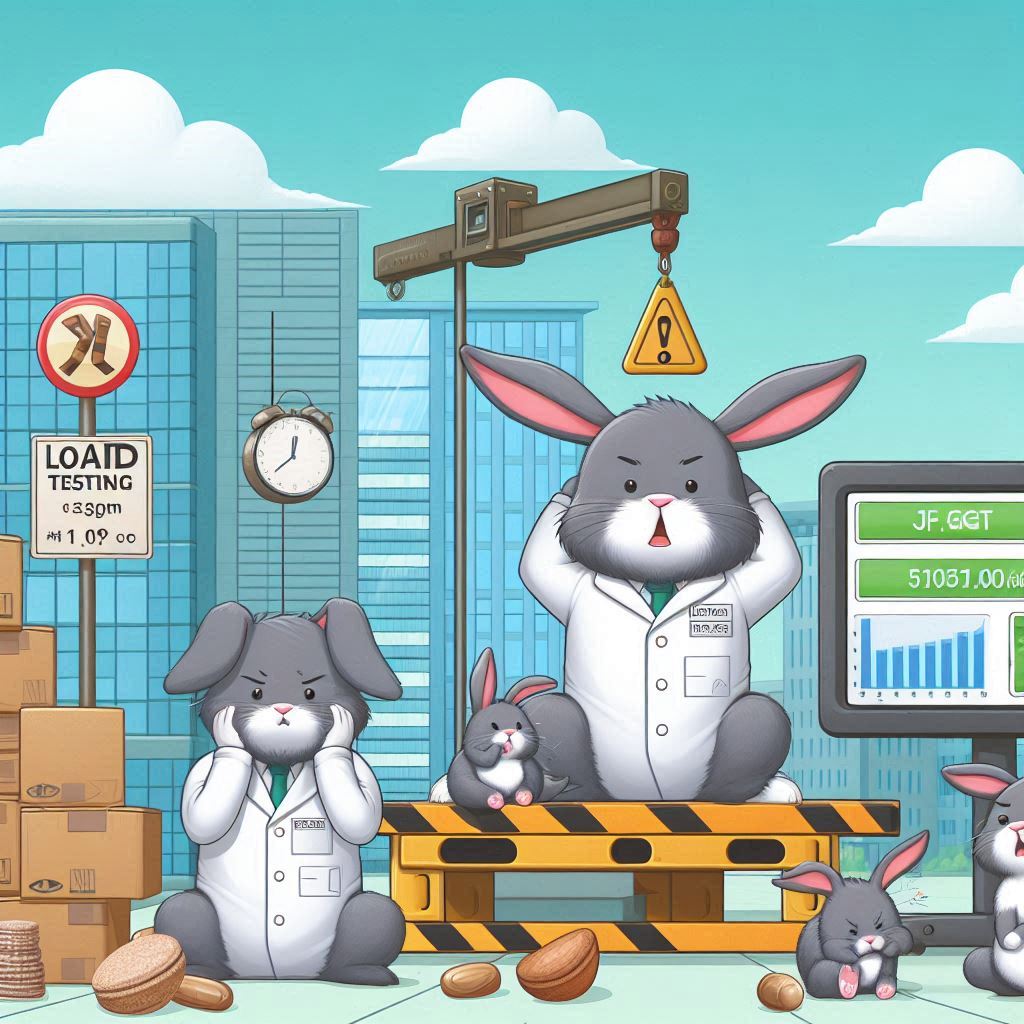All About Load Testing: A Detailed Guide
 Animesh Pathak
Animesh Pathak
As businesses continue to digitize, the importance of load testing has surged, with the market witnessing a significant rise in the adoption of load testing tools.
According to a recent report, the global load testing market is expected to grow at a CAGR of 12.5% from 2021 to 2026, reflecting the increasing demand for reliable and scalable applications.
What is Load Testing?
Load testing helps in identifying the maximum workload capacity of an application and any obstacles that might prevent the application from performing efficiently. Unlike other testing methods, load testing focuses on understanding how the system behaves under peak load conditions.
Why is Load Testing Important?
Ensures Reliability: By simulating peak loads, developers can ensure that the application will function correctly even under stress.
Identifies Bottlenecks: Load testing helps in pinpointing performance bottlenecks, which can then be optimized to enhance user experience.
Prevents Downtime: Unexpected surges in user activity can lead to application downtime. Load testing helps in preparing for such scenarios, ensuring business continuity.
Some popular Load Testing Tools
Several tools are available in the market to help teams conduct load testing effectively. Here’s a look at some of the most popular ones:
Apache JMeter

Market Share: ~50%
Usage: JMeter is one of the most widely used open-source tools for load testing. It supports various protocols and can be used to test both web and FTP applications. Its user-friendly interface and extensive community support make it a go-to tool for many testers.
LoadRunner

Market Share: ~8.5%
Usage: LoadRunner, developed by Micro Focus, is a powerful tool for load testing that supports a wide range of protocols. It's known for its ability to handle large-scale enterprise applications and provides detailed analysis and reporting capabilities.
Gatling

Market Share: ~15%
Usage: Gatling is an open-source load testing tool designed for developers and testers who need to test the performance of their web applications. It offers a high-performance core, expressive DSL, and a comprehensive ecosystem of tools and integrations.
BlazeMeter

Market Share: ~15%
Usage: BlazeMeter is a cloud-based load testing tool that allows users to run large-scale tests with ease. It integrates well with CI/CD pipelines, making it a popular choice for organizations looking to automate their performance testing processes.
Reference - https://www.peerspot.com/products/comparisons/apache-jmeter_vs_blazemeter_vs_opentext-loadrunner-cloud
What are the Challenges in Load Testing?

Accurate Load Simulation
Challenge: Simulating a real-world load that accurately reflects user behaviour can be difficult. If the simulated load doesn't mirror actual usage, the test results may not be valid.
Solution: Use data from actual user interactions to create more realistic scenarios. AI-driven tools like Keploy can help by analyzing historical data to generate more accurate test cases.
Environment Consistency
Challenge: The test environment may not fully replicate the production environment, leading to discrepancies in test results.
Solution: Invest in creating a staging environment that closely matches the production environment. This includes using similar hardware, software configurations, and network conditions.
Scalability Issues
Challenge: Scaling the load to thousands or millions of users requires significant resources and can be challenging to manage.
Solution: Utilize cloud-based load testing tools like BlazeMeter, which allow you to scale tests without the need for extensive on-premise infrastructure.
Data Management
Challenge: Handling large volumes of data generated during load tests can be overwhelming, making it difficult to analyze and draw meaningful conclusions.
Solution: Implement data aggregation and analysis tools that can help filter and prioritize the most critical metrics.
Time and Cost Constraints
Challenge: Load testing can be time-consuming and expensive, especially when dealing with complex systems.
Solution: Automate as much of the process as possible with tools like JMeter or LoadRunner, which offer built-in automation features.
How to Implement Load Testing: A Scenario-Based Approach
Scenario: E-commerce Website Preparing for Black Friday
Imagine you're working on an e-commerce website preparing for the Black Friday sales event. The site expects a significant surge in traffic, with thousands of users simultaneously browsing products, adding items to their carts, and completing purchases.
Step 1: Define Objectives
Your primary objective is to ensure that the website can handle peak traffic without crashing or slowing down. This involves testing critical user journeys, such as browsing products, adding items to the cart, and completing purchases.
Step 2: Identify Key Scenarios
Focus on scenarios that are likely to be most impacted by high traffic. For example:
Browsing and filtering products
Adding multiple items to the shopping cart
Proceeding to checkout and making payments
Step 3: Simulate Realistic Load
Using a tool like Apache JMeter, simulate the expected load. Start by simulating a baseline load representing normal traffic. Gradually increase the load to simulate peak traffic conditions during the Black Friday sale.
Example: Start with 1,000 virtual users and increase to 10,000 over the course of the test. Monitor how the site performs under this load, particularly focusing on page load times, server response times, and error rates.
Step 4: Monitor Performance Metrics
During the test, monitor key metrics like response time, throughput, and error rates. For example, if the response time for adding items to the cart exceeds 3 seconds, this could indicate a potential bottleneck.
Tools:
JMeter: Provides real-time monitoring and reporting features.
BlazeMeter: Offers cloud-based load testing with detailed dashboards.
Step 5: Analyze Results and Optimize
After completing the test, analyze the results to identify any performance bottlenecks. If the site experiences slowdowns during checkout, this might be due to database constraints or server limitations.
Example: Suppose you notice a significant delay during the payment processing stage. This could indicate that your payment gateway is not optimized for high traffic. You may need to either optimize the gateway or consider scaling up the resources allocated to it.
Overcoming Load Testing Challenges with GenAI and Keploy
While traditional load testing tools are effective, they require a significant amount of manual effort to set up and analyze. GenAI-based tools like Keploy are revolutionizing the load testing landscape by automating much of the process.
Automated Test Generation: Keploy leverages AI to automatically generate realistic test scenarios based on historical data, reducing the need for manual test script creation.
Enhanced Predictive Analytics: With AI-driven insights, Keploy can predict potential performance bottlenecks before they occur, allowing teams to proactively address issues.
Continuous Learning: Unlike traditional tools, Keploy continuously learns from past tests, improving the accuracy and relevance of future tests.

Conclusion
Load testing is important in the SDLC, since it ensures applications can handle real-world demands. With the increasing complexity of modern applications, leveraging tools like JMeter and LoadRunner is essential for maintaining high performance. About 40% of Organizations prioritize load testing to enhance user experience and stay competitive.
As the load testing market continues to expand, organizations that invest in robust load testing practices will be better positioned to deliver exceptional user experiences and maintain a competitive edge.
FAQs
What is load testing in software development?
Load testing is a type of performance testing that simulates real-world user load on a software application to assess its performance under stress.
Why is load testing important?
Load testing ensures the reliability of an application, identifies performance bottlenecks, and helps prevent unexpected downtime during peak usage.
What are some popular load testing tools?
Popular load testing tools include Apache JMeter, LoadRunner, Gatling, and BlazeMeter.
How does Keploy enhance load testing?
Keploy uses GenAI to automate test generation, provide predictive analytics, and continuously improve test accuracy, reducing manual effort and enhancing testing efficiency.
How can load testing prevent application downtime?
By simulating peak loads, load testing helps identify potential performance issues that could cause downtime, allowing teams to address them before they impact users.
What metrics should be monitored during load testing?
Key metrics include response time, throughput, error rates, server CPU usage, and memory consumption. Monitoring these helps identify performance bottlenecks.
Subscribe to my newsletter
Read articles from Animesh Pathak directly inside your inbox. Subscribe to the newsletter, and don't miss out.
Written by

Animesh Pathak
Animesh Pathak
I have a passion for learning and sharing my knowledge with others a public as possible.I love open source.